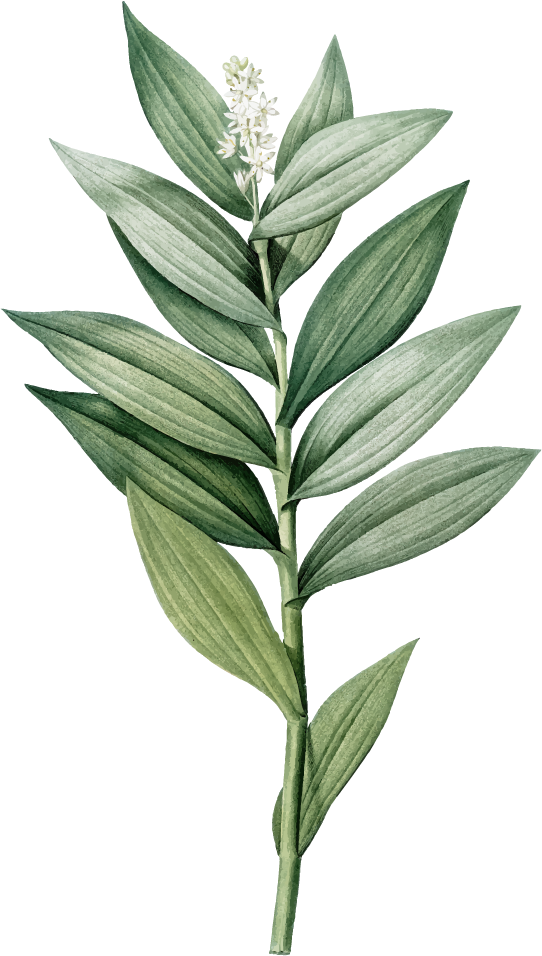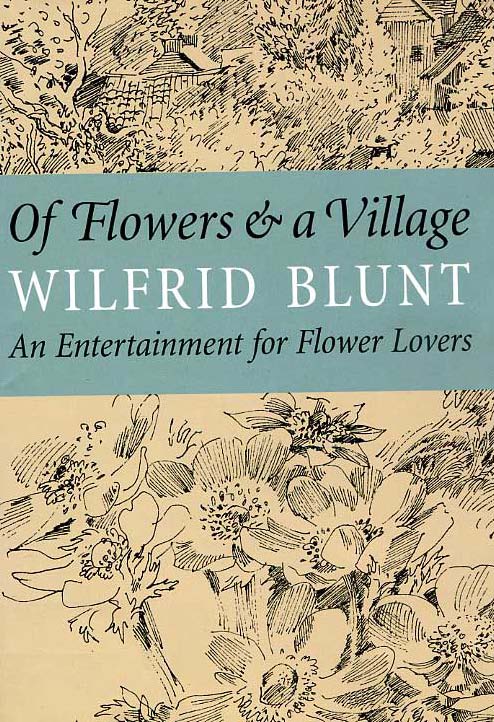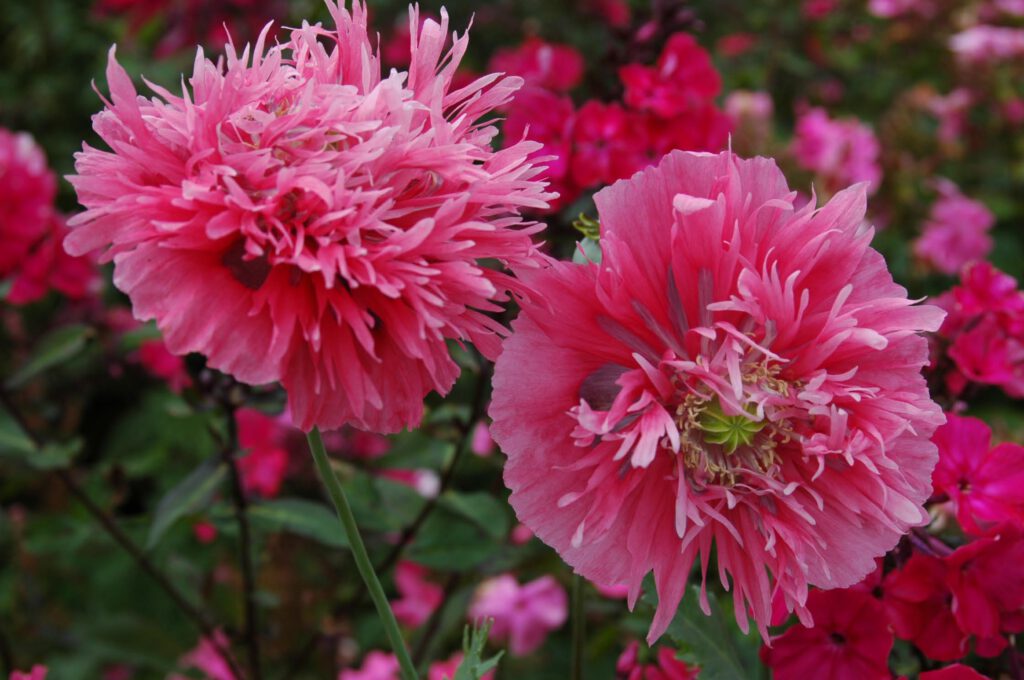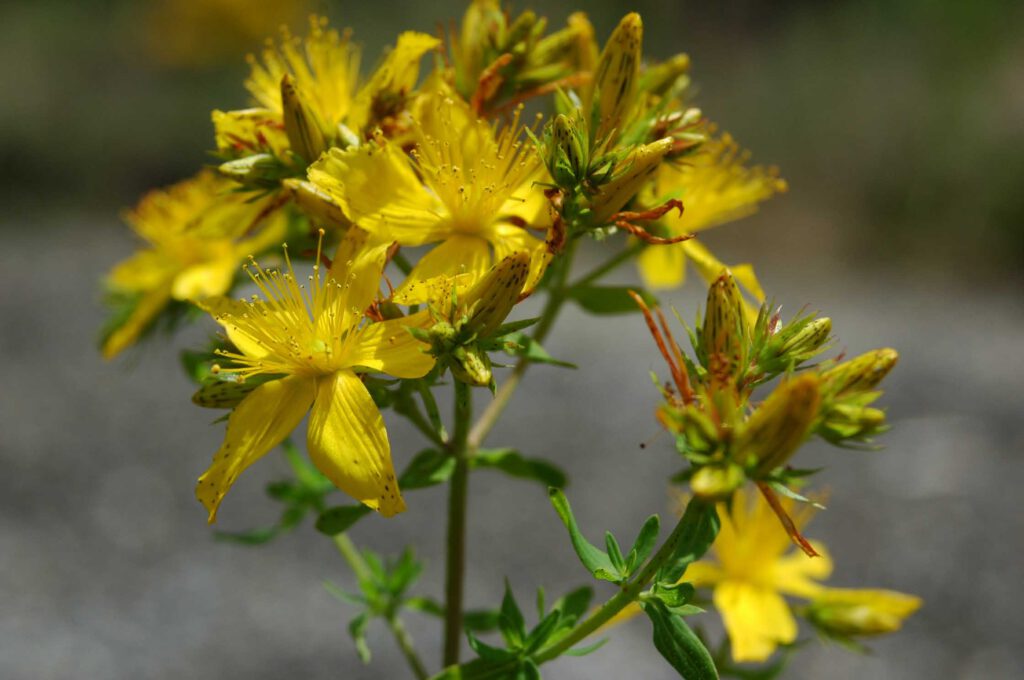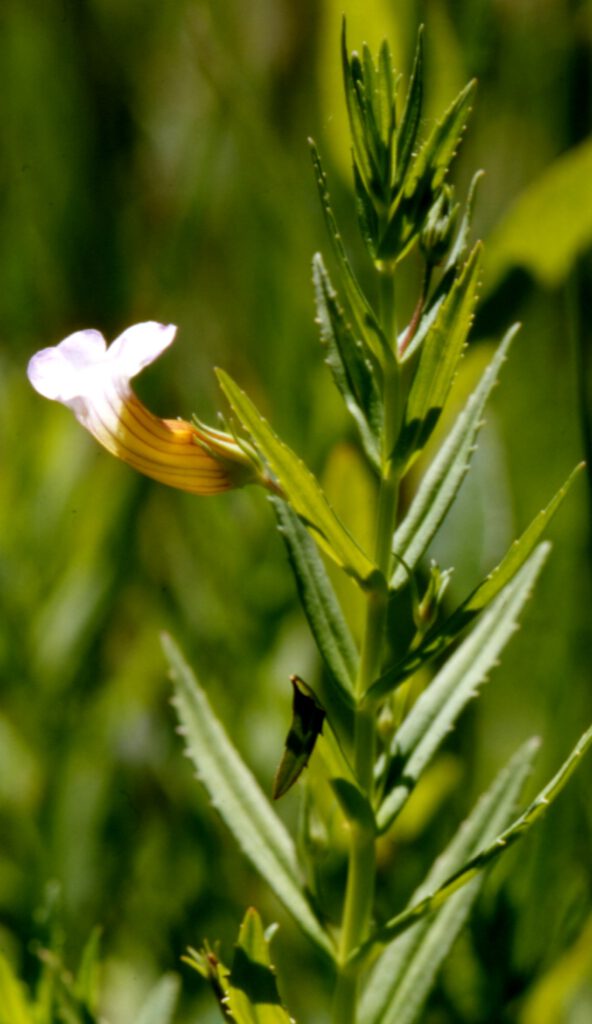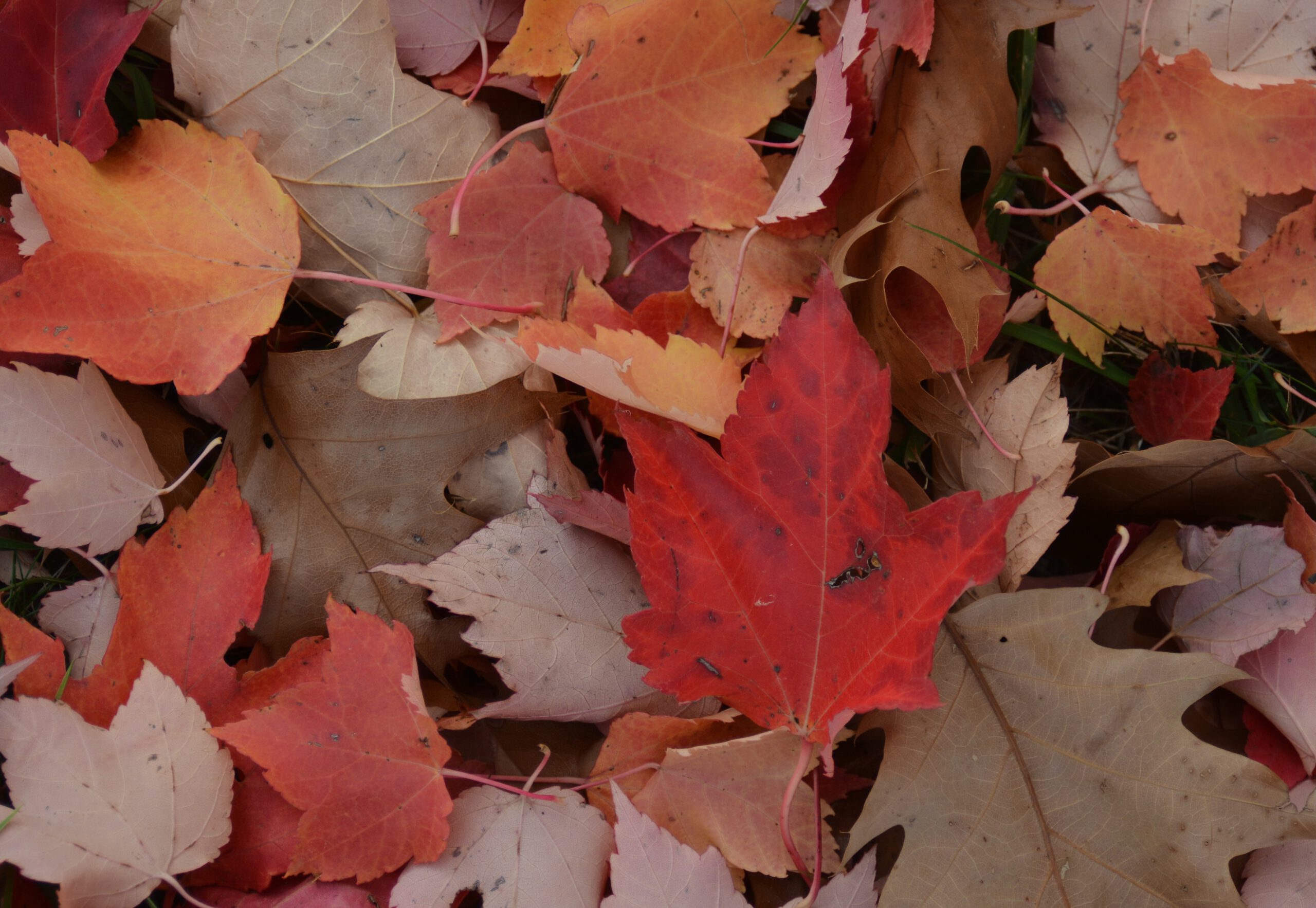
It’s not only the plants themselves that are fascinating. The people who are passionate about them also represent a very special kind of personality.
In English, they are called „Plantsmen“. The Autor Duane Isely has dedicated his worthwhile book to them„One hundred and one Botanists“ http://(https://www.amazon.de/One-Hundred-Botanists-Duane-Isely/dp/0813824982) .
He sketched their life stories in concise portraits, from Aristotle (384–322 B.C.) to the botanists of the 20th century.
Also interesting are the sometimes curious circumstances under which botanists met their deaths on research expeditions. You can read about this in the article series „How they died“ of the renowned botanical journal „Taxon“ .https://onlinelibrary.wiley.com/journal/19968175).
